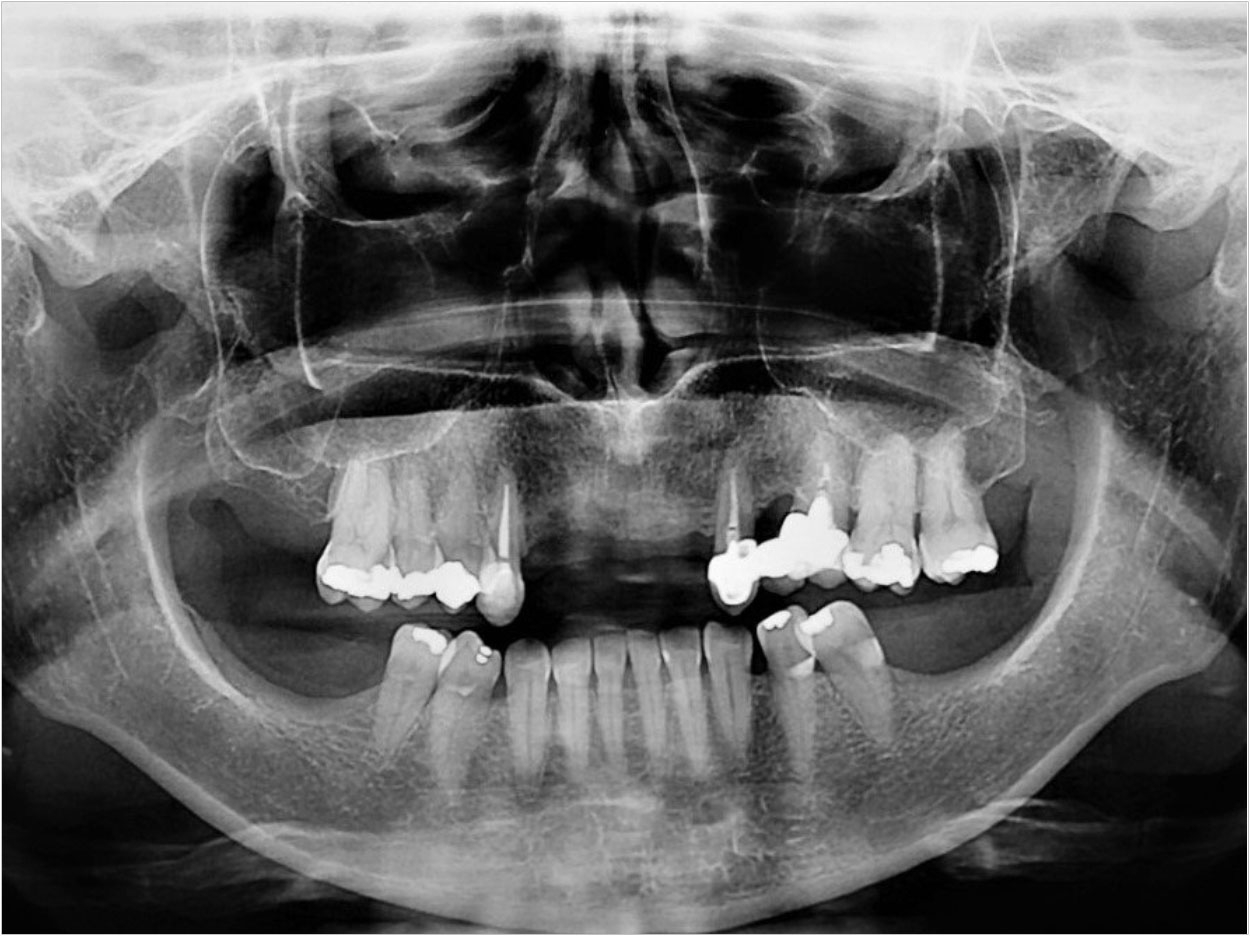
Patients who take bisphosphonates (Bfs) for bone conditions may experience osteonecrosis, or bone tissue death, as a side effect of those medications and potentially impact the long-term survival rates of their dental implants.
However, clinicians at the Bauru School of Dentistry and State University of Maringá in Brazil successfully treated a patient with low bone mass, also known as osteopenia, after a thorough review of the literature.
The 53-year-old female patient wanted dental implants to replace missing teeth. She also had osteopenia and took Bfs. The clinicians then reviewed the literature to determine the rates and risks of osteonecrosis after dental implantation and as well as how to mitigate those risks.
These risks included Bf duration, type, and administration, as well as bone trauma during prosthetic installation. To prevent osteonecrosis in the patient, then, the clinicians chose three specific strategies:.
- Based on ADA guidelines and previous literature, they suspended the patient’s Bf administration for three months before and after surgery.
- The clinicians provided the patient with a seven-day treatment of clindamycin to prevent bacterial colonization, as some previous studies suggest that infection can enhance the risk of osteonecrosis.
- They installed the Straumann bone level tapered implant to improve the healing time of the bone around the implants.
Overall, the patient received three implants, and no osteonecrosis has been reported thus far according to examinations and radiographic image analyses.
The clinicians also noted that C-terminal telopeptide (CTX) values, a biomarker for bone remodeling, are often correlated with osteonecrosis risk. Although the patient had a low risk according to these values, the clinicians cited several articles in which the two cannot be correlated. Thus, they advise against using CTX as a conclusive measure to assess risk.
The clinicians said that this case demonstrates how there are many decisions to make when considering dental implants for patients with bone disease and for those patients who take Bfs. Clinicians, then, should conduct a detailed review of medical records before conducting oral rehabilitation in patients who have underlying conditions and take medications, they said.
The study, “Oral Rehabilitation with Dental Implants and the Importance of a Preventive Evaluation for Osteonecrosis of the Jaws Associated with Medications,” was published by the Journal of Oral Implantology.
Related Articles
Research Suggests Need to Update Bone Level Standards
Dental Implant Failures May Be Caused By Bisphosphonates
Alternative Bisphosphonate Treatment Prevents Osteonecrosis of the Jaw


